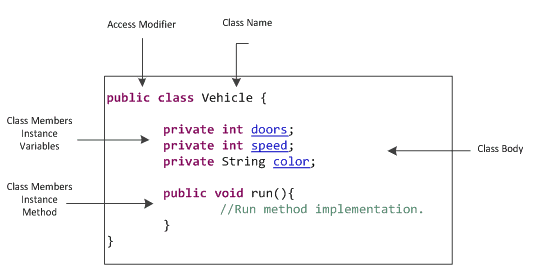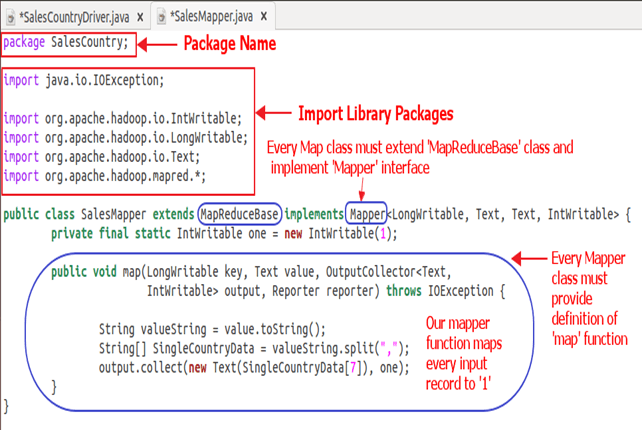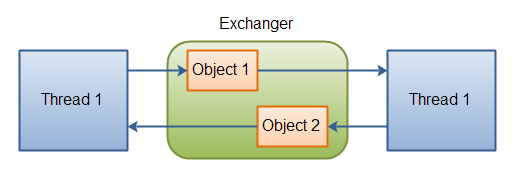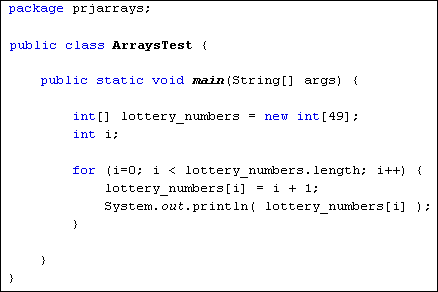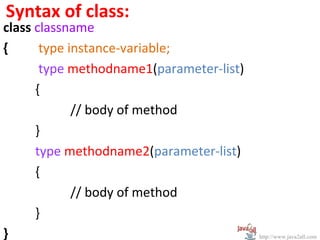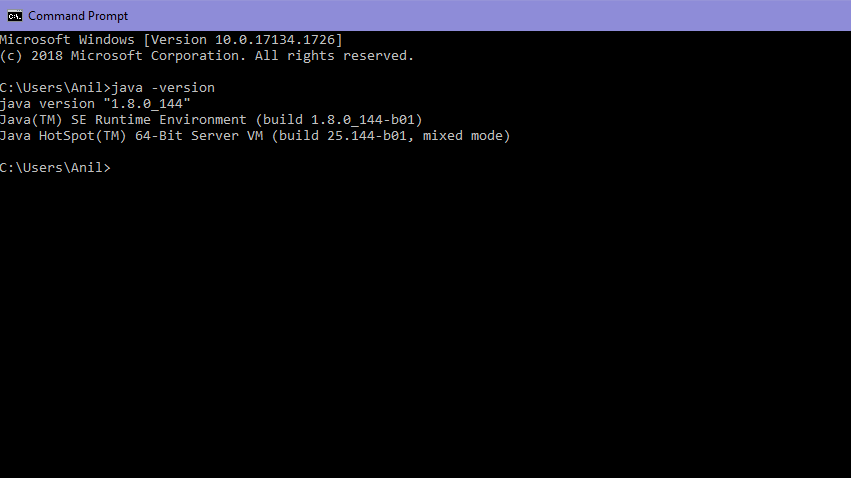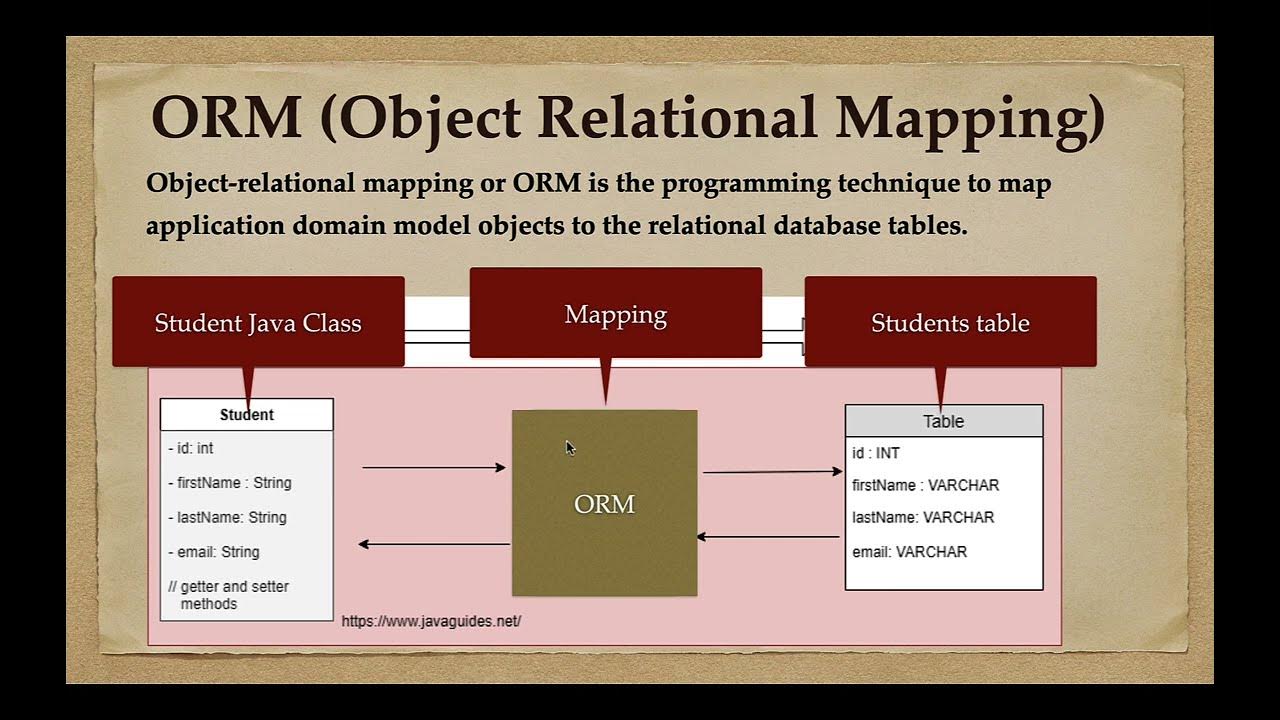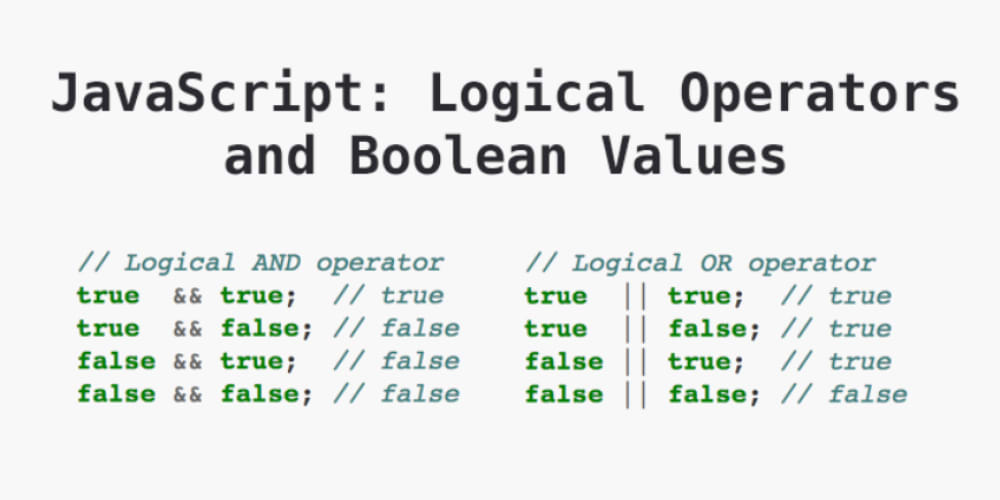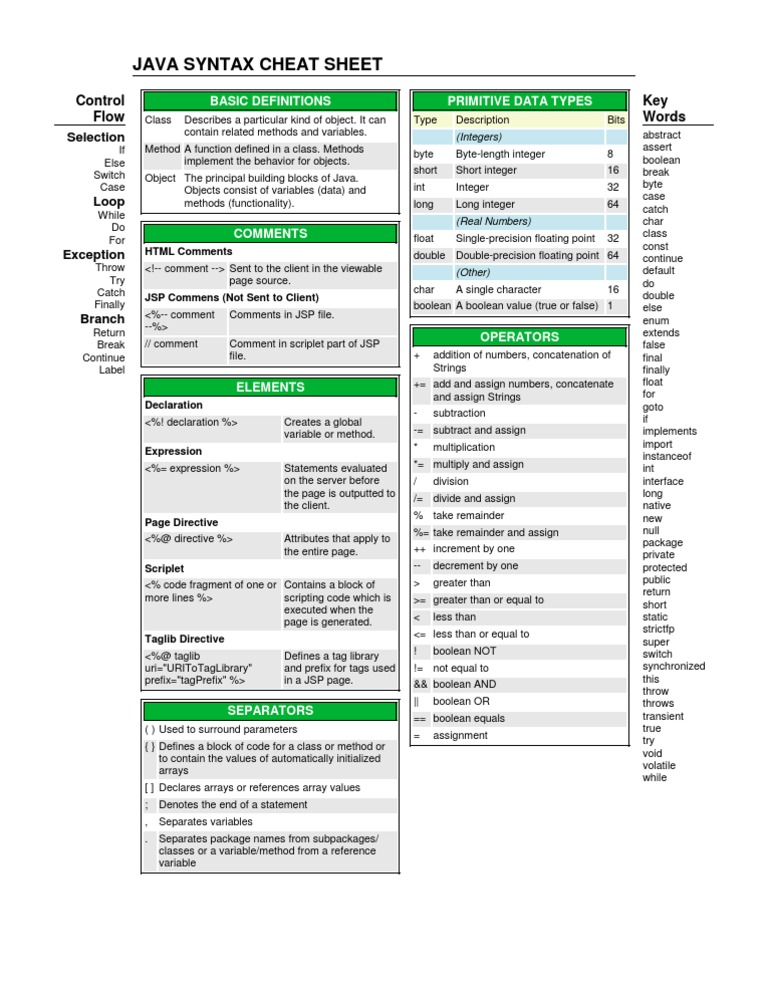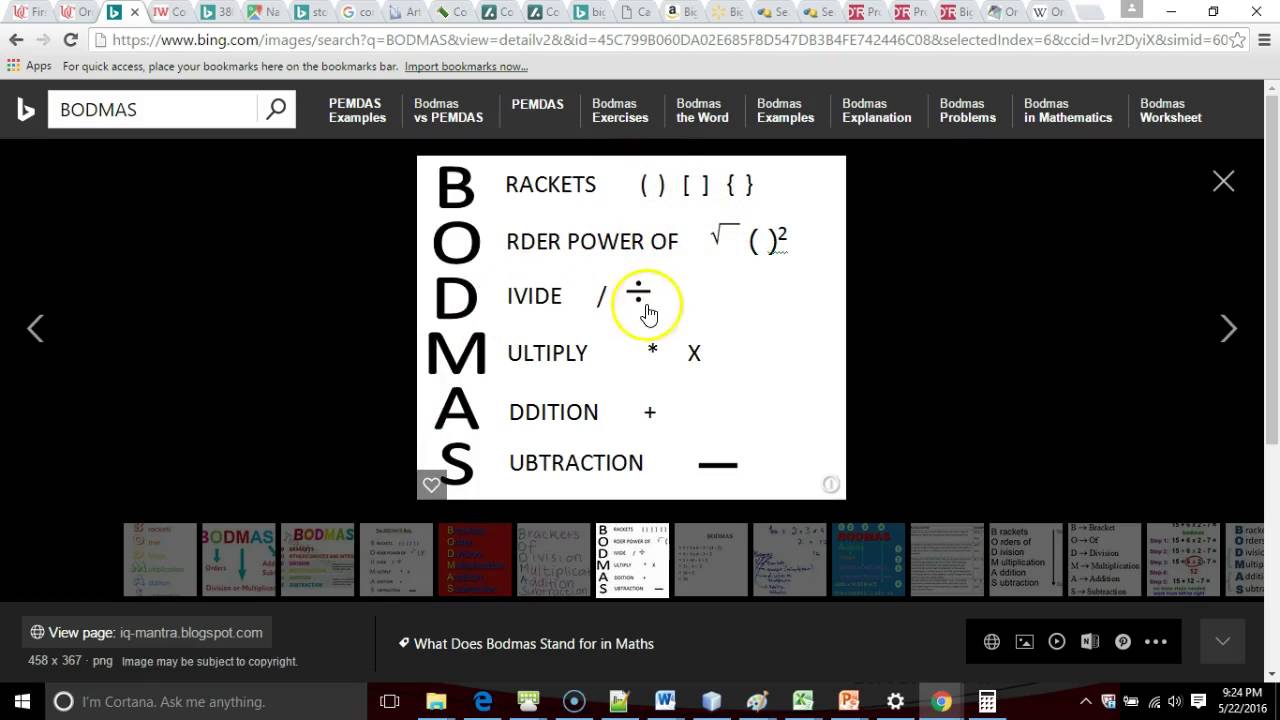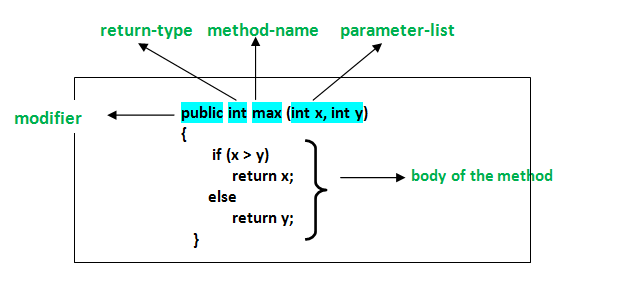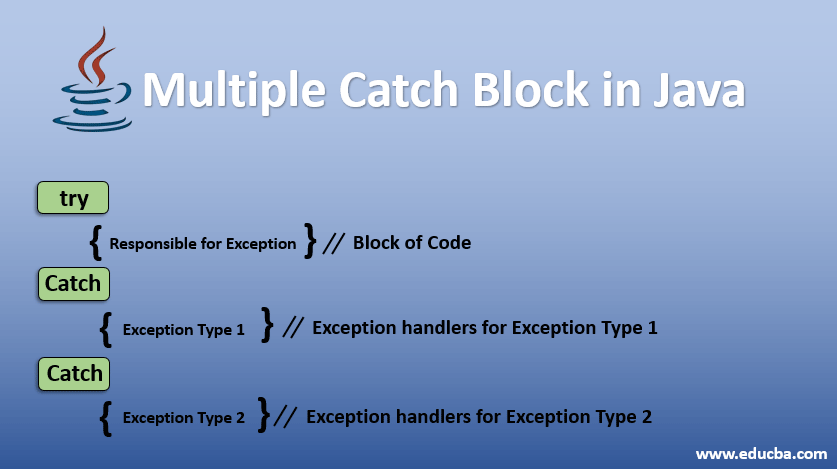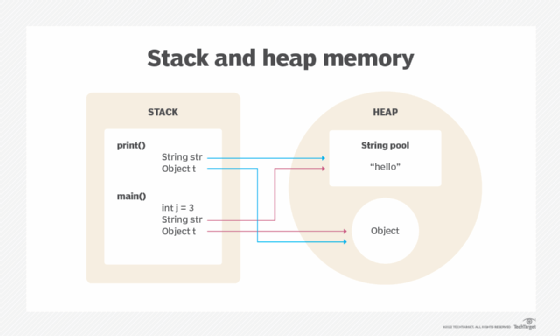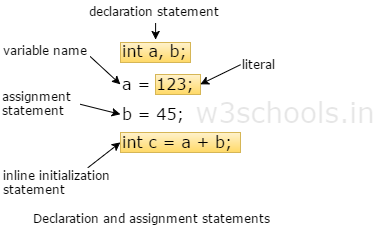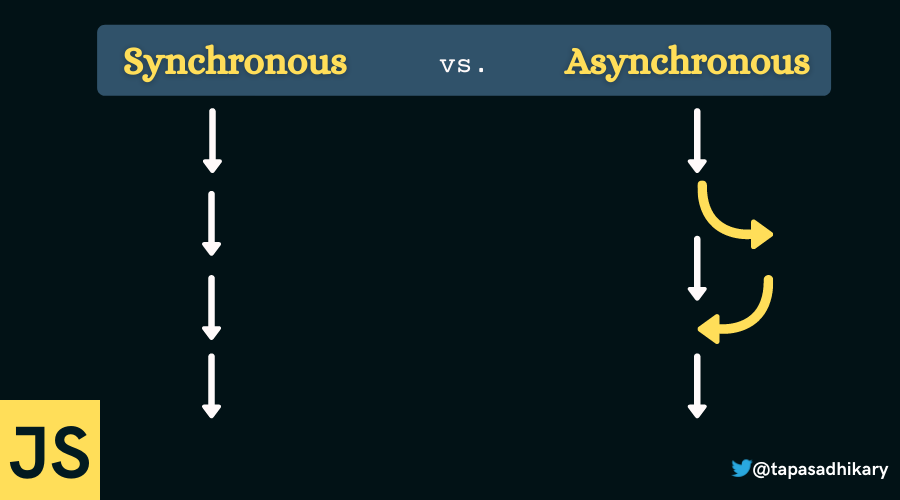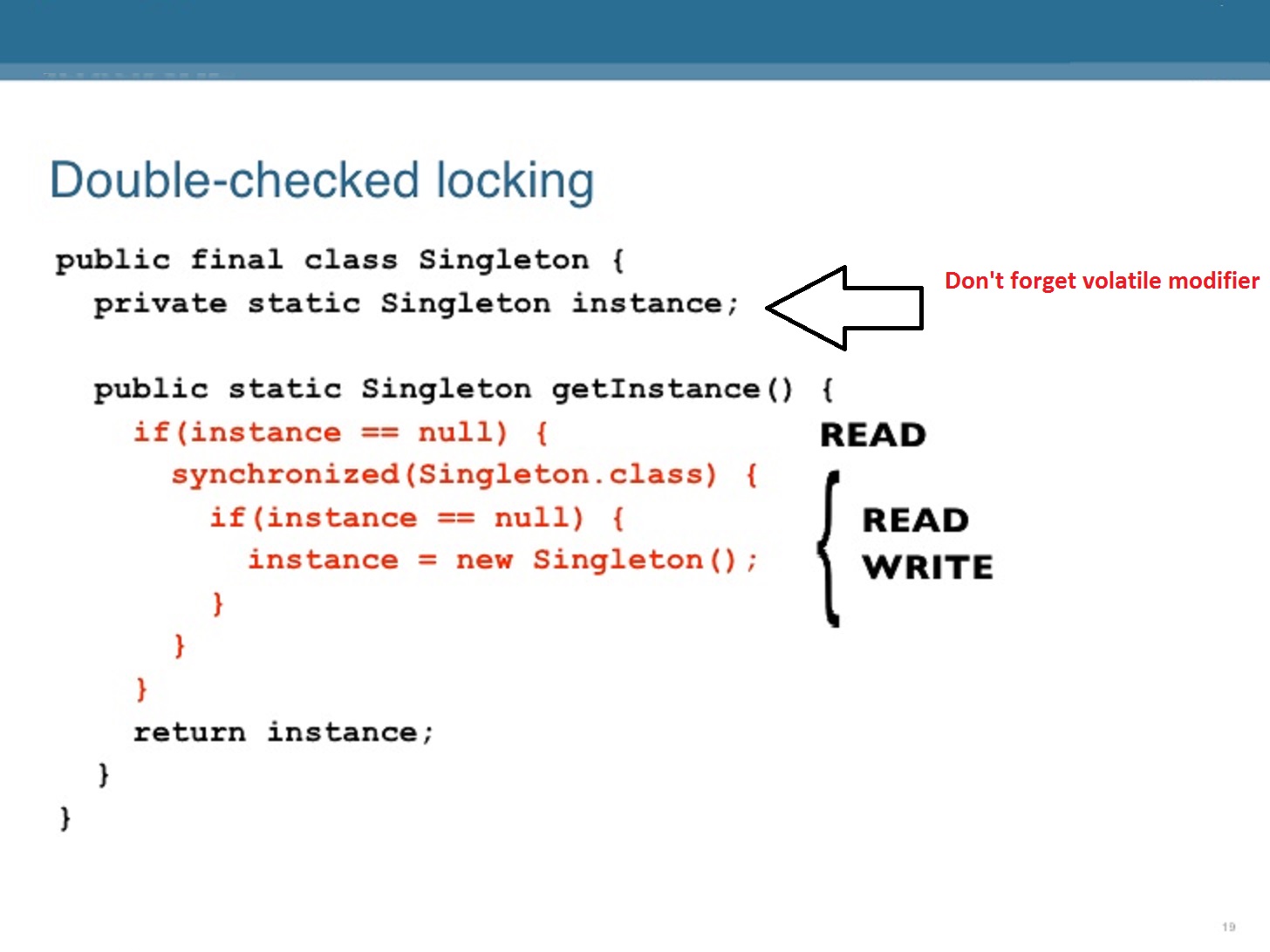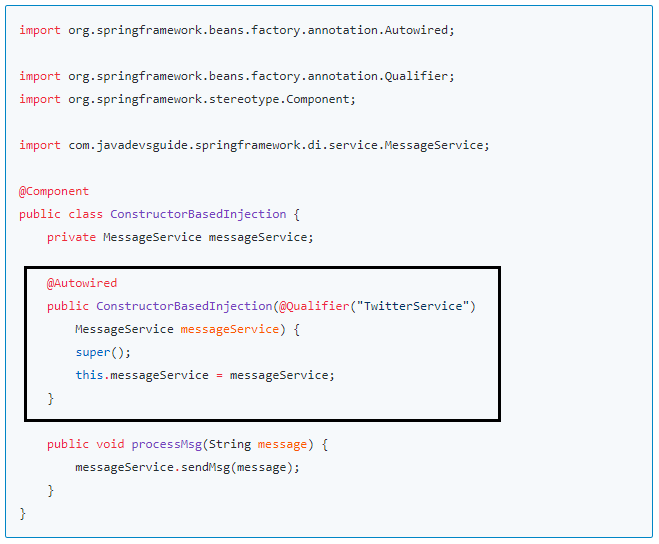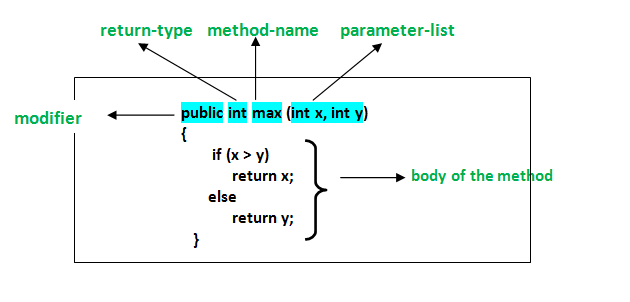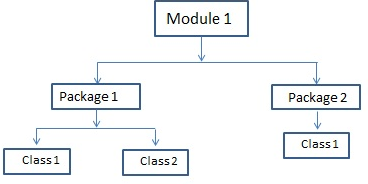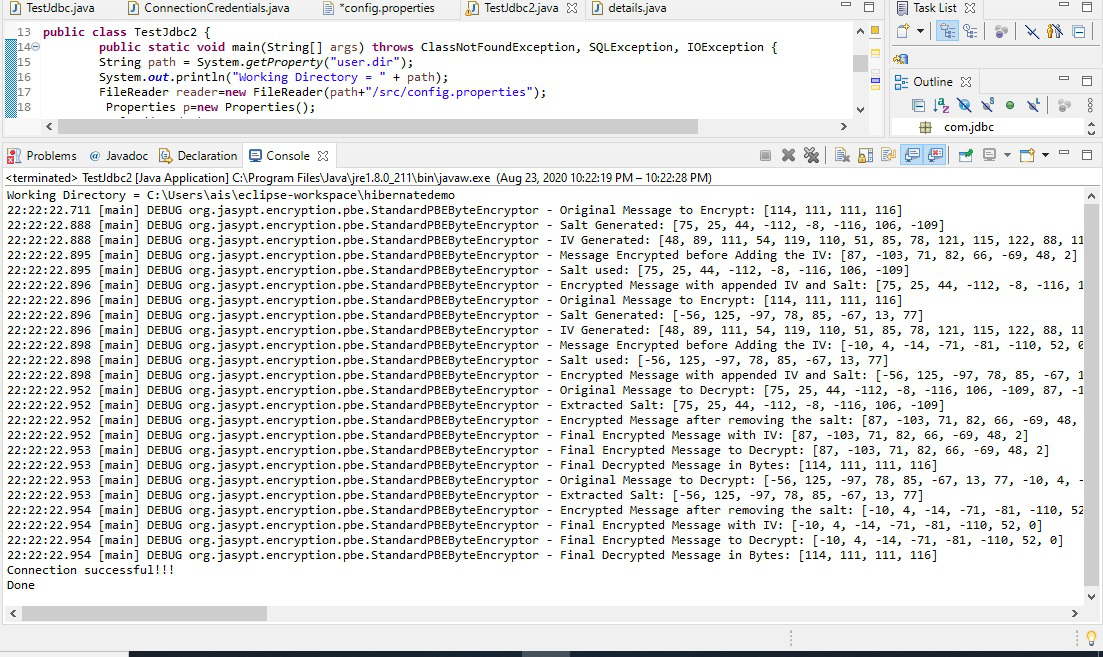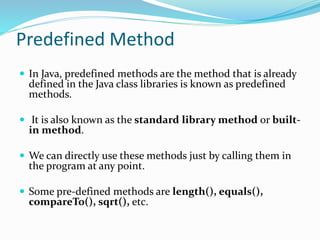What is the difference between Java object lock and ReentrantLock?
What is the difference between Java object lock and ReentrantLock?
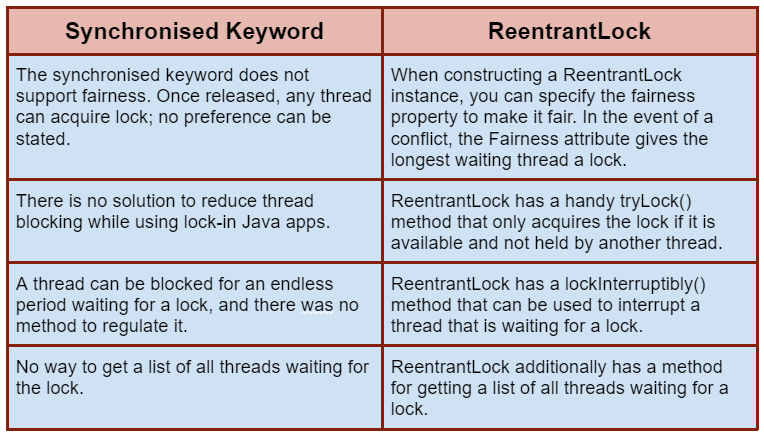
Java provides two primary methods to achieve synchronization on shared objects: intrinsic locks (also known as built-in locks) and explicit locks (such as ReentrantLock). In this answer, we will explore the differences between these two approaches.
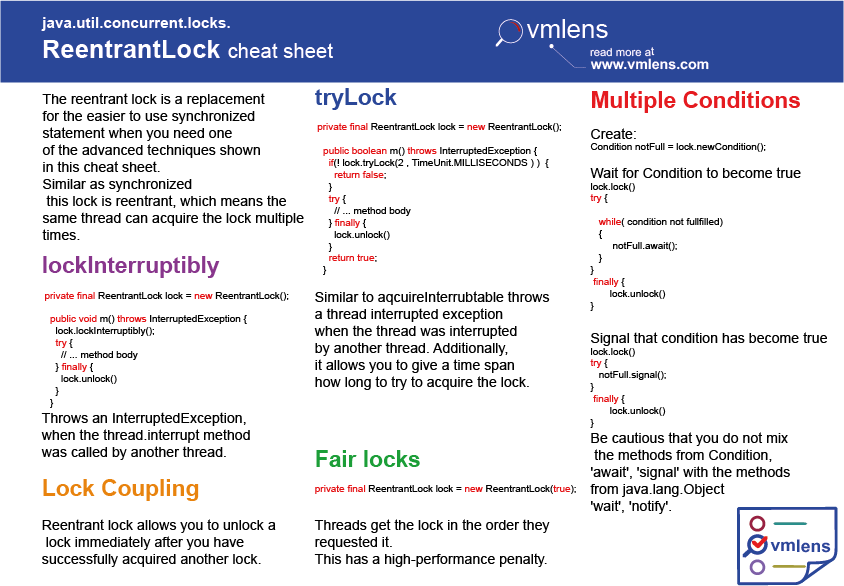
Intrinsic Locks:
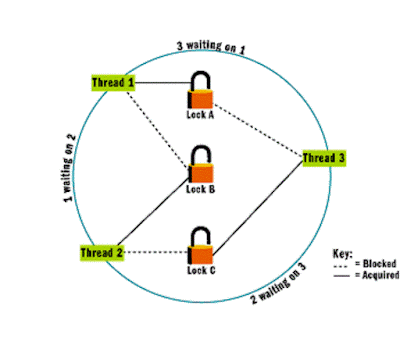
Java's built-in mechanisms for thread synchronization are called intrinsic locks. These locks are associated with objects' monitors, which are part of an object's intrinsic state. Monitors allow threads to wait on specific objects until they become available. The Java Virtual Machine (JVM) takes care of the details when you use a synchronized method or block. This is why they are also referred to as "built-in" locks.
When you declare a method or code block synchronized, it means that only one thread can execute this piece of code at any given time. If another thread attempts to access the same synchronized code, it will be forced to wait until the first thread releases its lock. This is known as mutual exclusion and ensures that only one thread can modify shared state at a time.
Here are some key characteristics of intrinsic locks:
Intrinsic: They are built into the JVM. Monitor-based: Intrinsic locks use an underlying monitor to manage access control. No explicit locking mechanism: You do not need to manually lock or unlock objects with intrinsic locks.ReentrantLock:
ReentrantLock is a more advanced synchronization mechanism introduced in Java 5 (JDK 1.5). This class allows for reentrance, meaning that the same thread can acquire the lock multiple times without blocking. This is particularly useful when you need to synchronize access to shared resources while still allowing other threads to continue executing.
Here are some key characteristics of ReentrantLock:
ReentrantLock provides more flexibility than intrinsic locks in terms of synchronization and timeout settings.
Key differences between Java Object Locks and ReentrantLock:
Built-in vs explicit locking: Intrinsic locks are built into the JVM, whileReentrantLock requires manual management. Reentrance: ReentrantLock allows reentrance, whereas intrinsic locks do not. Fine-grained control: ReentrantLock provides more flexible control over synchronization and timeouts compared to intrinsic locks. Performance overhead: ReentrantLock typically incurs a higher performance overhead than intrinsic locks due to the additional locking mechanism.
In summary:
Use Java's built-in intrinsic locks (synchronized) when you need simple, high-level thread synchronization for shared objects with minimal complexity and performance considerations. Use ReentrantLock when you require more advanced control over your synchronization mechanisms, such as reentrance or custom timeout settings.Reentrantlock in java interview questions
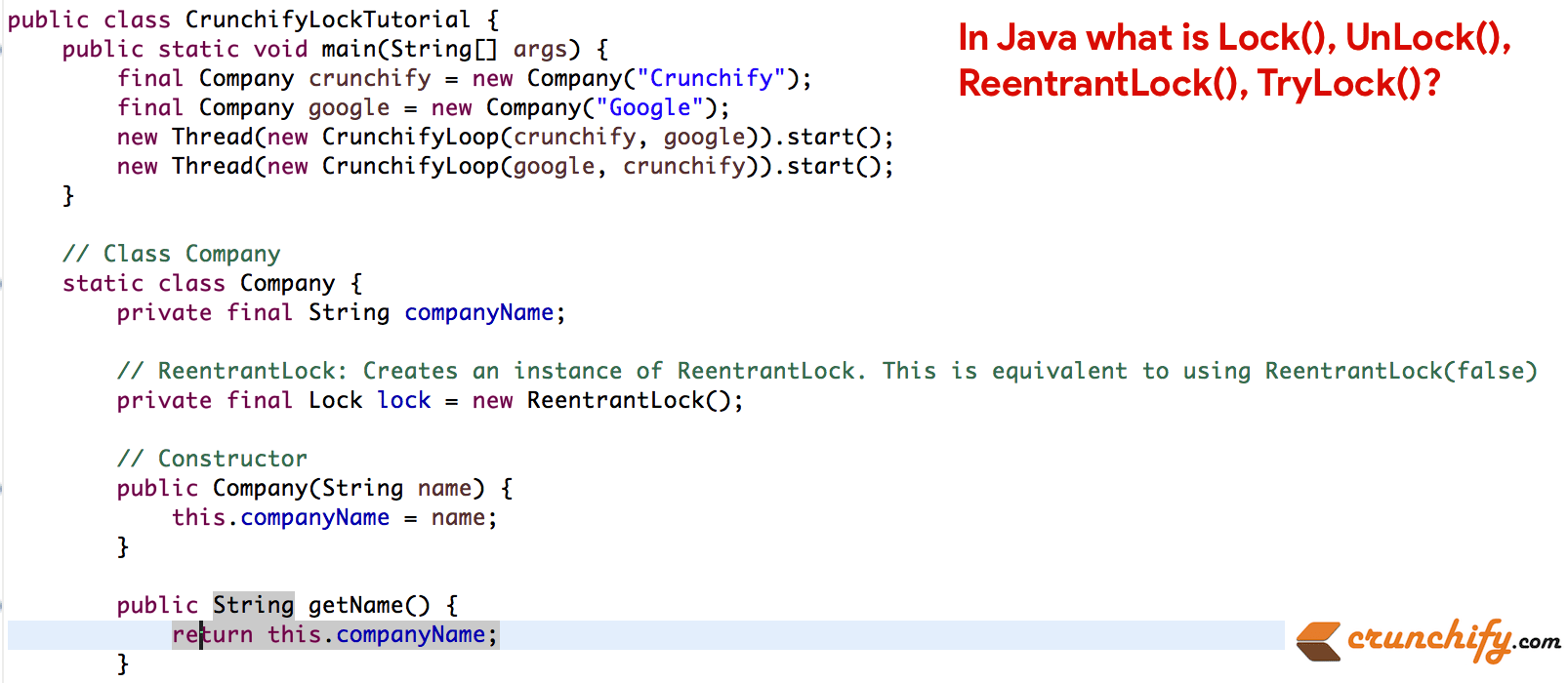
Here are some common reentrant lock interview questions and answers:
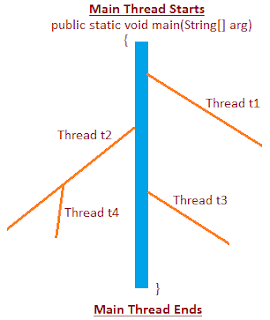
A reentrant lock allows the same thread to acquire the lock multiple times, as long as it does not hold any other locks. This is useful for situations where a method may need to recursively call itself.
Answer: A reentrant lock is a type of synchronization lock that allows a thread to re-acquire the lock without causing a deadlock or an infinite loop.
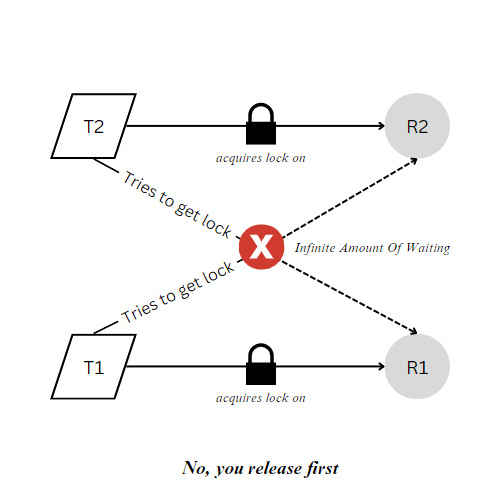
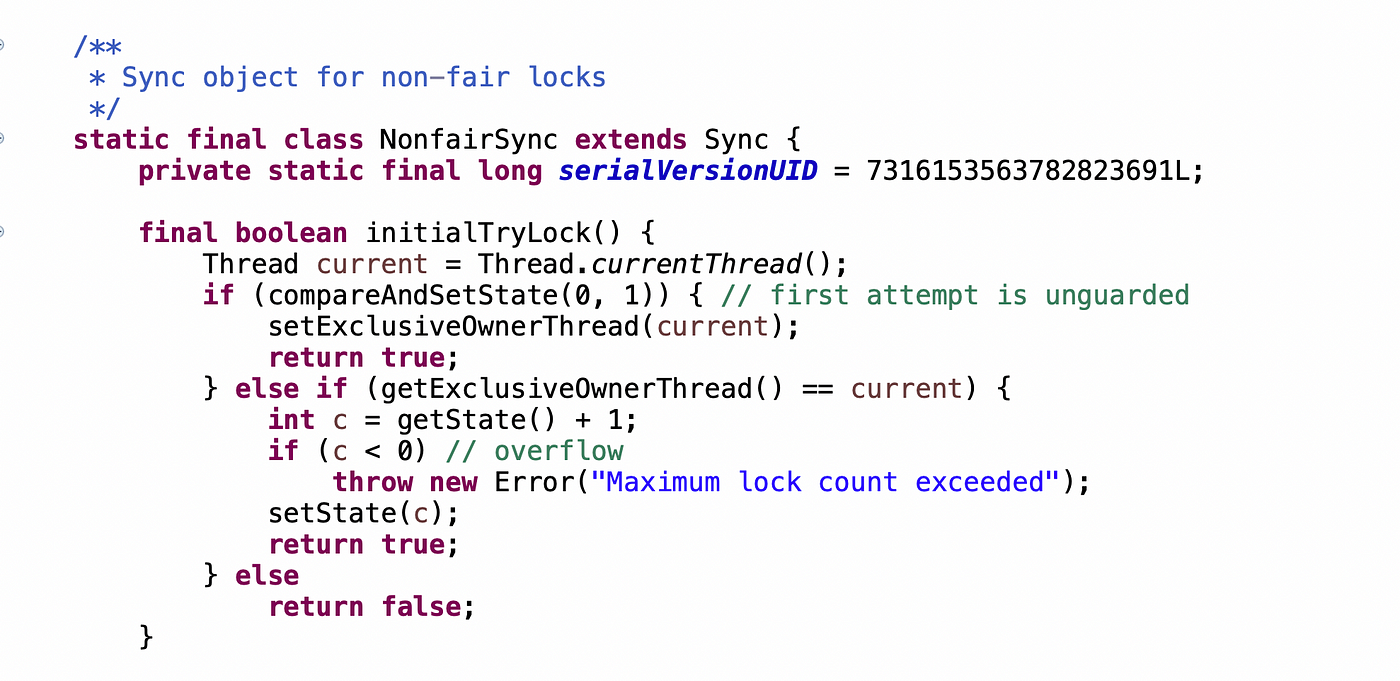
A non-reentrant lock does not allow a thread to acquire the lock again if it already holds the lock. This can cause deadlocks or infinite loops in certain situations.
Answer: A reentrant lock is different from a non-reentrant lock because it allows a thread to acquire the lock multiple times without causing a deadlock or an infinite loop.
What are the benefits of using a reentrant lock in Java?The main benefit of using a reentrant lock is that it allows for safe and efficient recursive method calls, which can be useful for implementing certain algorithms.
Answer: The benefits of using a reentrant lock include:
Allows for safe and efficient recursive method calls Prevents deadlocks or infinite loops caused by non-reentrant locks How do you create a reentrant lock in Java?You can create a reentrant lock in Java using the ReentrantLock class from the java.util.concurrent.locks package.
Answer: You can create a reentrant lock in Java as follows:
import java.util.concurrent.locks.ReentrantLock;
public class MyClass {
private ReentrantLock myLock = new ReentrantLock();
public void myMethod() {
// Lock the object
myLock.lock();
try {
// Critical section of code
} finally {
// Release the lock
myLock.unlock();
}
}
}
tryLock and lock methods in ReentrantLock?
The lock method tries to acquire the lock and blocks until it is able to do so, whereas the tryLock method tries to acquire the lock but does not block if it cannot do so immediately.
Answer: The main difference is that lock will block indefinitely if the lock cannot be acquired immediately, whereas tryLock returns false if the lock cannot be acquired and allows the calling thread to continue without blocking.
Some best practices for using reentrant locks include:
Always acquire and release the lock within a try-finally block to ensure that the lock is always released, even if an exception occurs Use thetryLock method instead of the lock method when you do not want to block indefinitely Avoid holding onto the lock for longer than necessary
Answer: The best practices for using reentrant locks include:
Acquire and release the lock within a try-finally block UsetryLock instead of lock Avoid holding onto the lock for longer than necessary 


